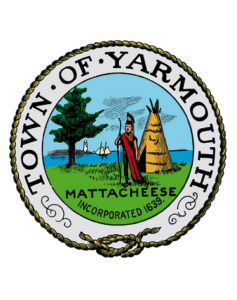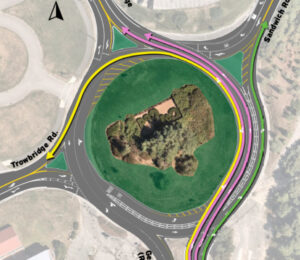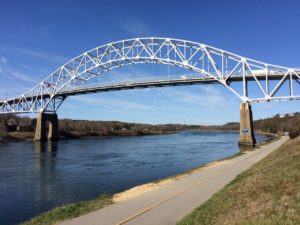 HYANNIS – Most of us slip and fall at some point in our lives. And when you do, it’s not easy to tell whether you may have a sprain or a broken bone.
HYANNIS – Most of us slip and fall at some point in our lives. And when you do, it’s not easy to tell whether you may have a sprain or a broken bone.
That’s what happened to me. Three winters ago, while ice skating with my daughter in a New Hampshire rink, I had a nasty fall. Being athletic, I assumed the pain in my left arm and shoulder came from the shock of the fall and that it was a sprain. Somehow, I managed to drive back to the Cape where my alarmed husband suggested we go to the Cape Cod Hospital Emergency Center.
“I’m okay. Let’s wait until tomorrow,” I said, despite his skeptical expression.
The next morning, the pain had intensified and my arm had turned black and blue. Without further discussion, we headed off the ER. There, X-rays revealed I had a proximal fracture of the humerus, the long bone that extends from the elbow to the shoulder.
The ER physician put my arm in a splint. Several days later, I saw orthopedic surgeon Jesse Affonso, M.D. at his Hyannis office at Cape Cod Orthopaedics and Sports Medicine.
“You’re lucky you didn’t dislocate the bone or tear the rotator cuff,” he told me after the examination. If the bone remained stable while splinted, I wouldn’t need surgery, he told me.
Six weeks later, X-rays indicated the bone was healing, and I no longer needed the splint. I was delighted – and off to physical therapy.
Dr. Affonso assured me that I wasn’t alone in my initial dismissal of the injury as a sprain.
“Being uncertain about a break is more common than most people think,” he said. “The hallmark is pain that doesn’t go away or suddenly increases.” Other symptoms of a fracture include an inability to move it normally, swelling or skin discoloration.
I am one of a large group of Cape patients seen for broken bones, Dr. Affonso told me.
“People over 55 are one of the largest groups we see,” he said. “Their bones are more likely to break than younger people because they are becoming weaker, usually from osteoporosis.”
Another group of adults who may not realize they have a broken bone are those with stress fractures. These occur when an overused muscle transfers motion to the bone, resulting in a small break.
“We often see those fractures in patients who suddenly take up running or a similar activity and start feeling pain in the foot or leg,” he explained.
Children, too, sometimes have fractures which are not immediately obvious to them or their parents. Often referred to as buckle fractures, the youngster’s bone bends or buckles, rather than breaks because the bones are still soft. The injured area is then splinted or put in a cast for several weeks.
Youngsters heal quickly from broken bones but it’s slower for adults.
“The vast majority of fractures do not require surgery but people should be aware that broken bones often don’t heal as quickly as they’d like,” Dr. Affonso said. It takes six to eight weeks to see the bone mending on X-ray and three to six months to heal completely.
I can vouch for that. After visiting a physical rehabilitation center twice a week for two months, I continued the recommended strength-building exercises at home. By early summer, I had regained most of my mobility. Today my arm and shoulder are nearly as strong as they are on my opposite side.
The lesson? If you fall, hurt yourself and are in pain, don’t wait. Visit the nearest urgent care center or emergency room as soon as possible.
To revise an old childhood chant, “Sticks and stones may break our bones, but prompt medical care can help heal them.”
By NANCY RUBIN STUART, Cape Cod Health News























